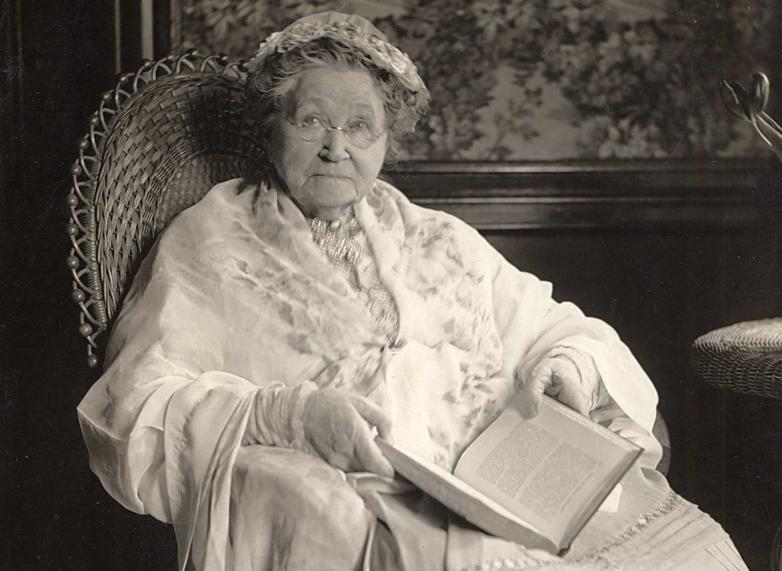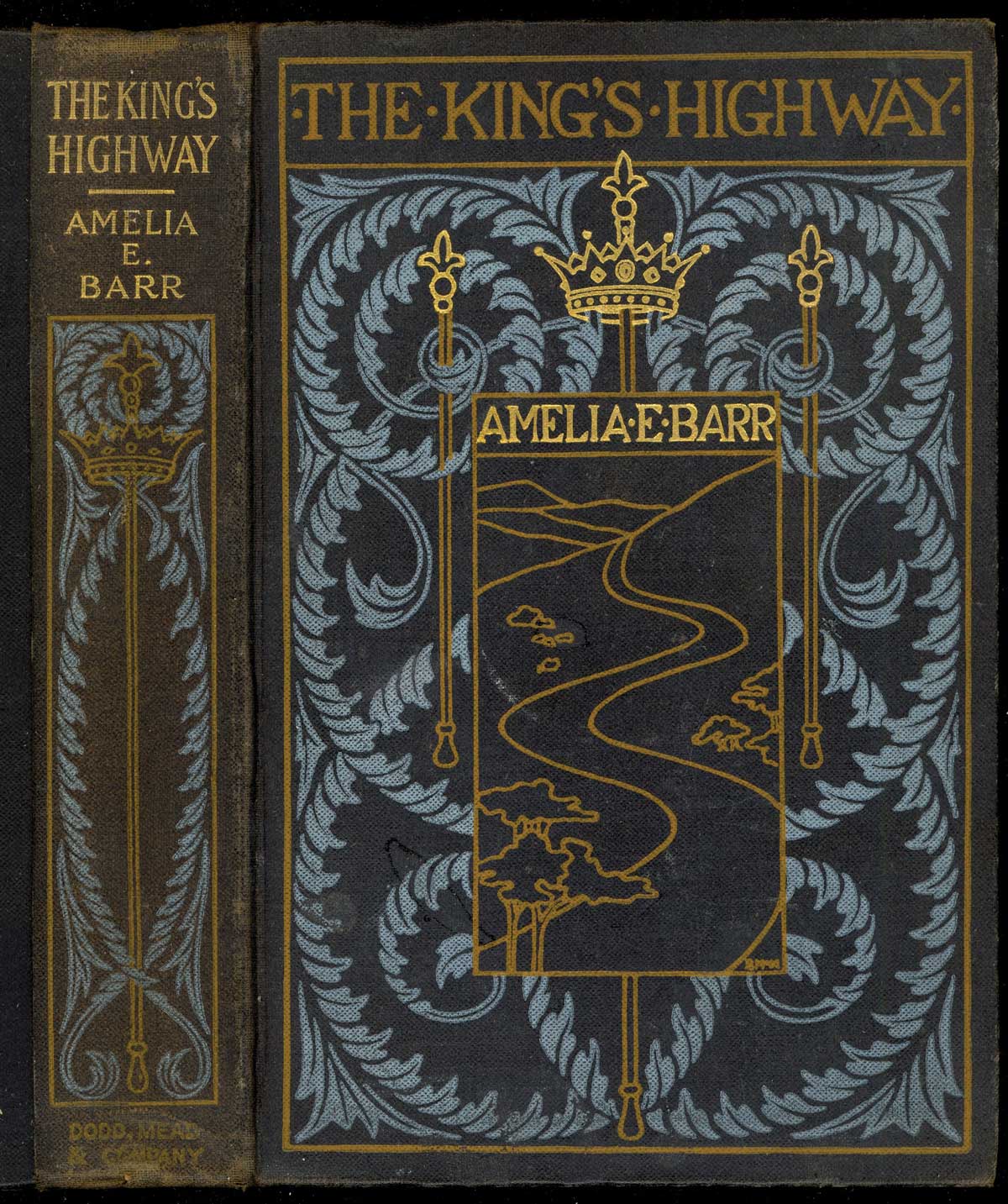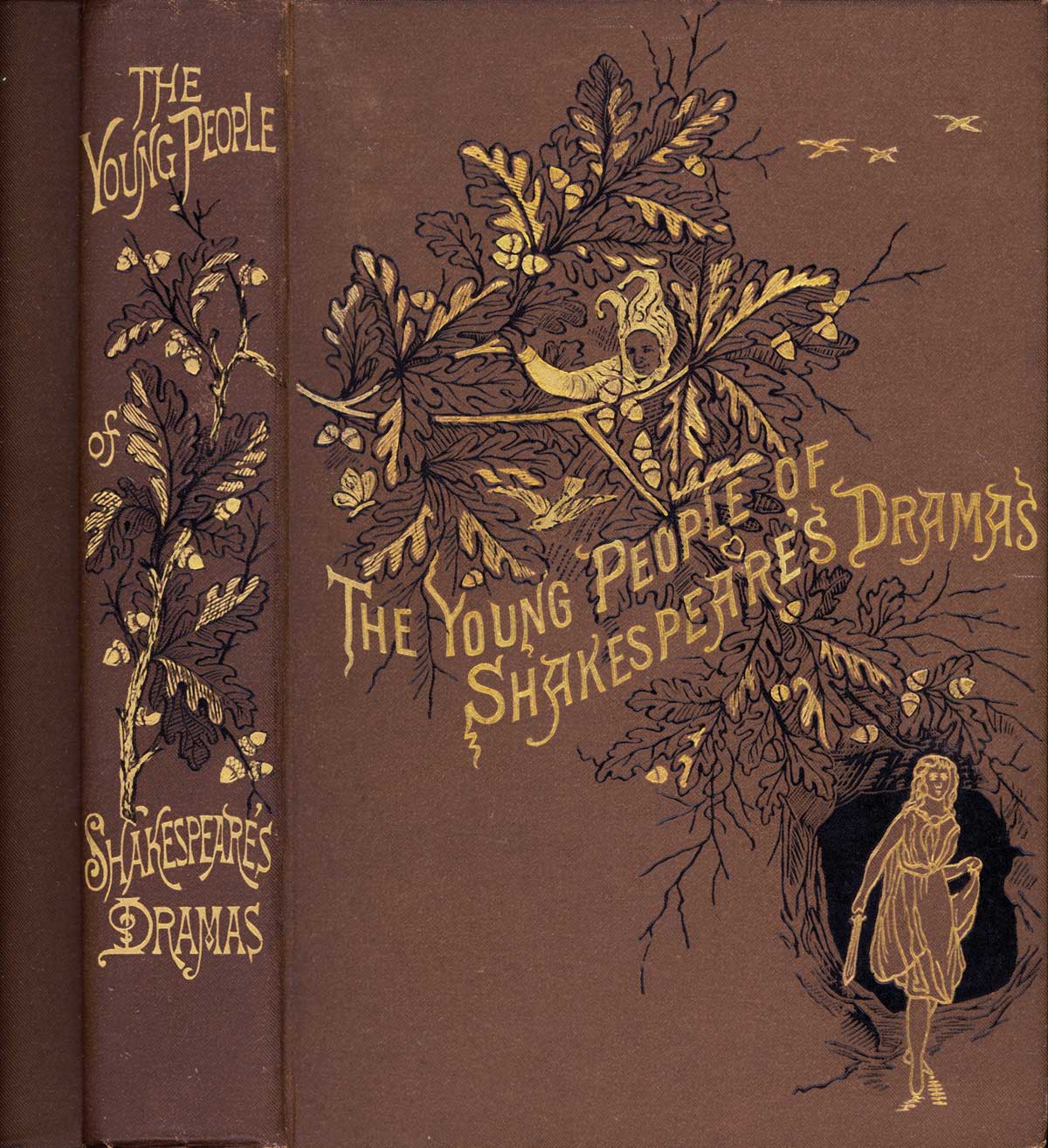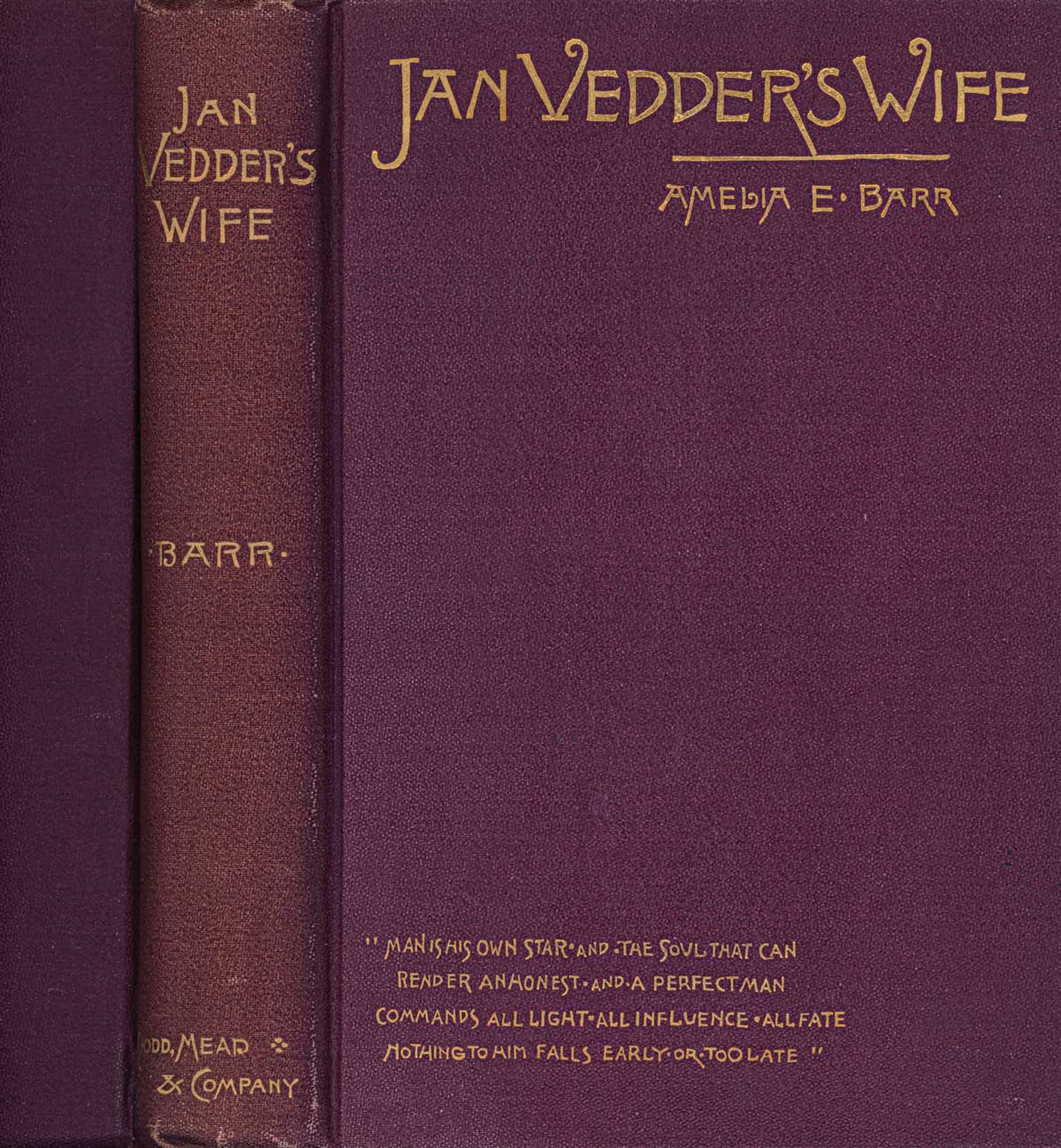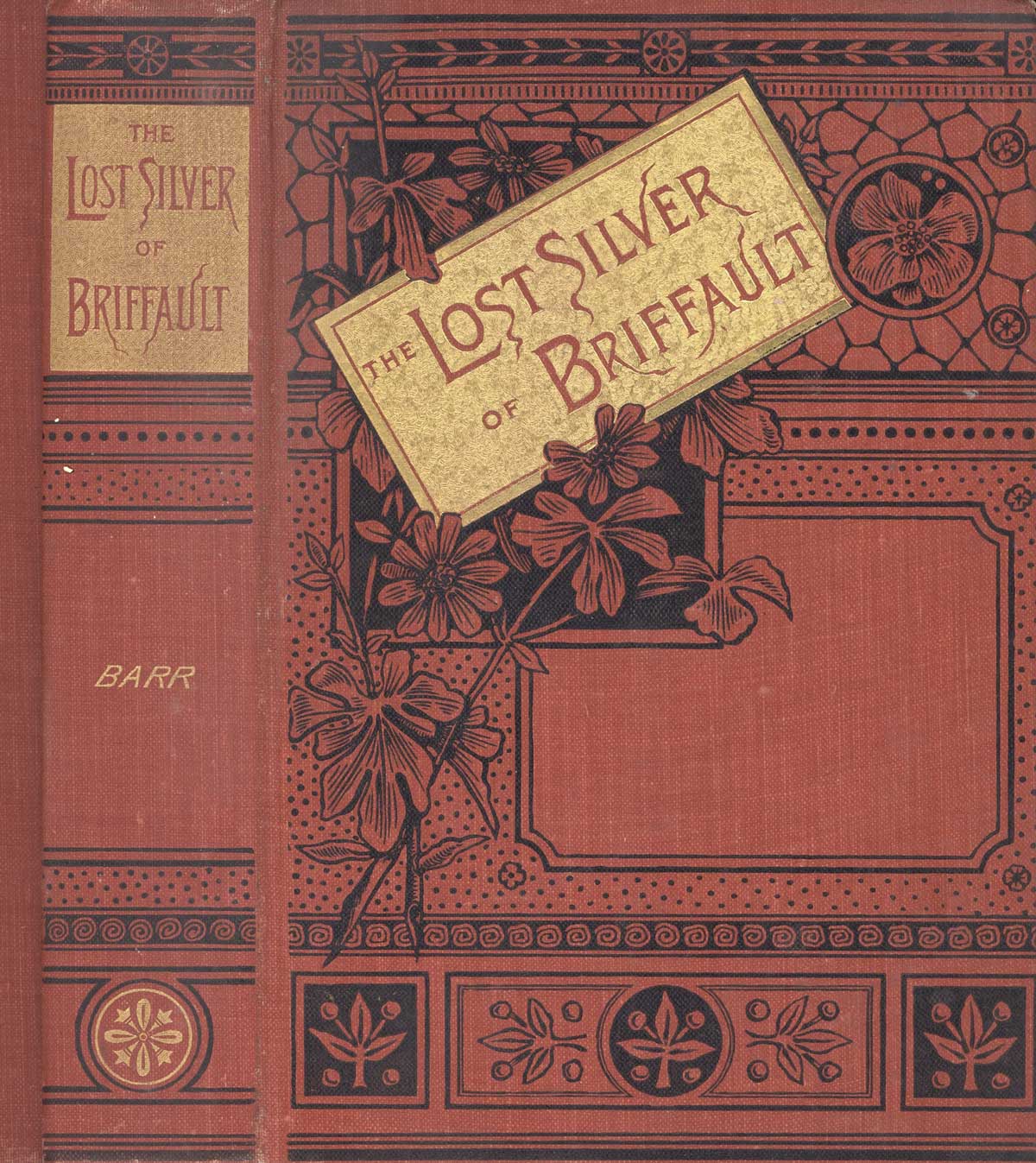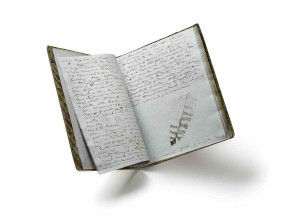Barr watched from her photo by my desk as I considered different libraries for placement of my collection of her works. She was thrilled when I told her that she would be rediscovered in the same institution that houses the Susan B. Anthony Institute for Gender, Sexuality, and Women’s Studies, and the Susan B. Anthony Center, which works to bring awareness to, and advocate for, social justice and equality. The entire exhibition was acquired by the University of Rochester River Campus Libraries in 2017. In announcing the acquisition, Jessica Lacher-Feldman, the Joseph N. Lambert and Harold B. Schleifer Director of Rare Books, Special Collections, and Preservation, wrote:
Barr’s books and her story connect with women’s suffrage, the history of readership, the Beechers, women and work, and more. The collection also complements our growing and important collection of nineteenth-century publishers’ bindings. Her career speaks to the strength and determination of a single woman to gain success, wealth, and fame through determination, hard work, and talent.
The collection of over 170 volumes has been cataloged, including important copy-specific information, and is available for researchers…. And as with all of the holdings in any rare book and special collections library, infinite opportunities for creative and scholarly works are within reach, from a short paper, to a doctoral dissertation, to a play or other artistic interpretation of this fascinating and steadfast teacher and author.
It is always exciting to pursue the chase of rare books, whatever the subject, but the great reward is in knowing that the books have found a permanent home in exactly the right place where they will be available to the people most interested in them.




